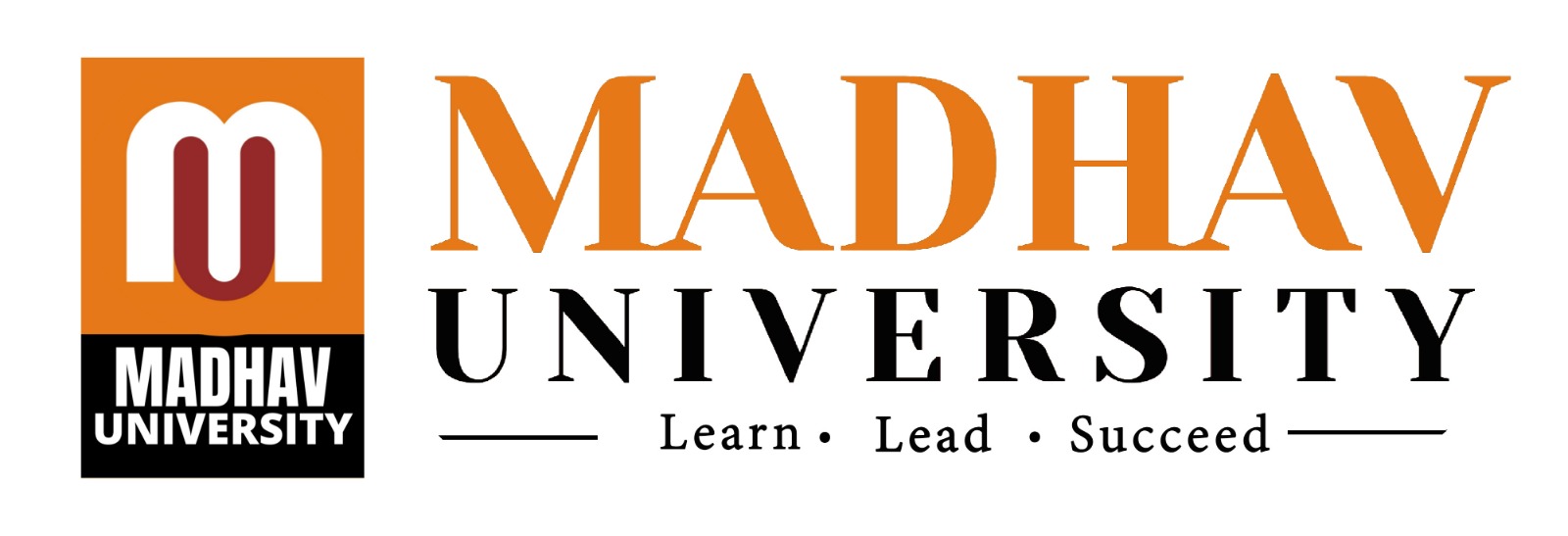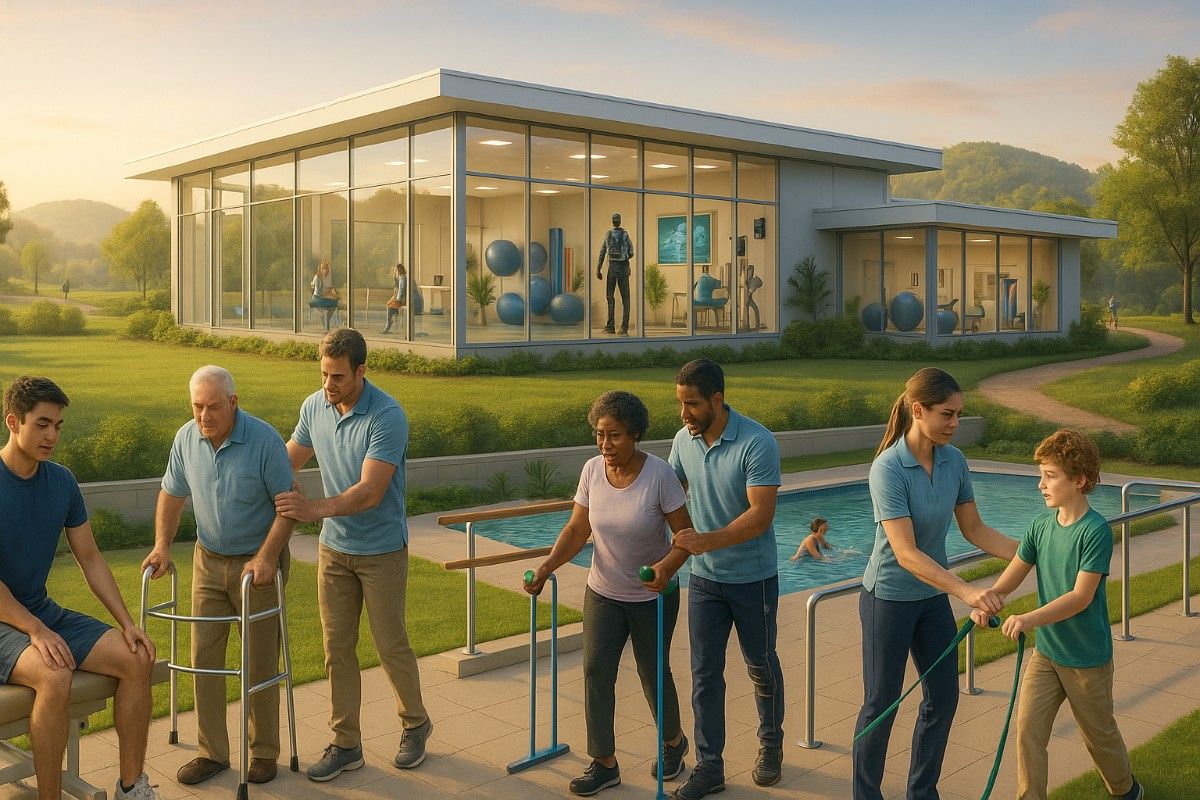Rehabilitation Physiotherapy functions as a specialized physiotherapy field dedicated to restoring functional ability and enhancing the quality of life for people with physical impairments, injuries, chronic illnesses, or disabilities. The healthcare system relies on this essential component which aids people in recovering from injuries or illnesses and maintaining or improving their physical function through structured therapeutic exercises and interventions.
This therapeutic method serves as an essential element during recovery after injury or surgery and provides ongoing management for chronic health issues. Both stroke patients who need to relearn how to walk and athletes healing from torn ligaments benefit from rehabilitation physiotherapy because it targets movement enhancement and independence recovery while reducing pain levels.
Rehabilitation physiotherapy aims to help patients achieve their maximum physical potential despite their medical limitations instead of diagnosing and curing diseases like acute medical treatments.
Goals of Rehabilitation Physiotherapy
The primary goals of rehabilitation physiotherapy are:
1. Restore Functionality: Rehabilitation physiotherapy enables patients to recover their lost physical abilities which resulted from an injury, surgical procedure or illness.
2. Reduce Pain: Physiotherapists employ manual therapy and various modalities to minimize patient pain.
3. Prevent Complications: Through early intervention patients can prevent joint stiffness and muscle atrophy as well as avoid developing secondary conditions.
4. Improve Mobility and Balance: Especially in stroke or elderly patients.
5. Support Emotional Wellbeing: Actively taking part in daily activities produces improvements in mental health alongside increased self confidence.
6. Promote Long-Term Independence: Educating patients about managing their specific condition allows them to maintain their independence.
Key Areas of Rehabilitation Physiotherapy
Rehabilitation physiotherapy encompasses several specialized domains. Each specialty within rehabilitation physiotherapy targets unique patient populations along with distinct health conditions.
1. Orthopedic Rehabilitation
This rehabilitation area targets musculoskeletal conditions including joint replacements and fractures while addressing arthritis and ligament tears along with spinal problems. The therapy includes strength building workouts along with exercises to improve flexibility and to correct posture.
2. Neurological Rehabilitation
This neurological rehabilitation branch focuses on patients with stroke and traumatic brain injuries along with Parkinson’s disease and multiple sclerosis to restore neural connections and enhance muscle control and coordination.
3. Cardiopulmonary Rehabilitation
Cardiac rehabilitation programs target individuals who are healing from heart attacks and cardiac surgeries and those dealing with chronic respiratory diseases including COPD. Breathing exercises alongside aerobic conditioning and endurance training constitute the primary techniques.
4. Pediatric Rehabilitation
Serves children who have developmental and congenital disorders including cerebral palsy, muscular dystrophy, and spina bifida. The program aims to develop motor skills while helping individuals achieve greater functional independence.
5. Geriatric Rehabilitation
The segment examines health problems related to aging such as osteoporosis alongside balance disorders, falls and joint stiffness. The primary objective is to keep patients selfreliant while minimizing their fall and injury risks.
6. Sports Rehabilitation
After sustaining injuries athletes need specialized programs to regain their optimal performance levels. The program covers injury prevention strategies together with recovery techniques and exercises designed to boost performance.
Common Techniques in Rehabilitation Physiotherapy
Physiotherapists who specialize in rehabilitation create individualized treatment plans using various techniques that match the patient’s condition as well as their age and health status.
1. Therapeutic Exercises
Personalized programs incorporate exercises for rangeofmotion improvement alongside strengthening exercises coordination drills and functional retraining activities.
2. Manual Therapy
Joint mobilization, soft tissue manipulation, and myofascial release promote better mobility while reducing pain through handson therapeutic methods.
3. Electrotherapy
TENS (Transcutaneous Electrical Nerve Stimulation), IFT (Interferential Therapy), and ultrasound techniques provide pain relief and muscle stimulation.
4. Hydrotherapy
Patients with arthritis, obesity or recovering from surgery benefit from water exercise because it reduces joint stress.
5. Gait Training and Balance Therapy
Safe movement becomes possible while fall prevention becomes guaranteed through this intervention for individuals with neurological or orthopedic conditions.
6. Assistive Devices Training
Physiotherapists educate patients on using walkers as well as canes and braces along with prosthetic limbs to enhance their ability to move and conduct daily activities.
Scope of Rehabilitation Physiotherapy
Advances in medical technology and the growing prevalence of lifestyle diseases have resulted in substantial growth in the field of rehabilitation physiotherapy as public awareness about physical rehabilitation increases.
1. Hospitals and Trauma Centers
Rehabilitation physiotherapists play a crucial role in caring for inpatients following surgical procedures as well as during recovery from strokes, bone fractures, and traumatic injuries. Physiotherapists assist patients by helping them start moving early while managing their pain and coordinating their discharge plans.
2. Community Based Rehabilitation
Services for people with disabilities or chronic illnesses are delivered in their local communities particularly where rural or underserved areas exist. It ensures continuity of care post discharge.
3. Home-Based Physiotherapy
The increasing number of older adults coupled with limited mobility challenges makes homebased care a vital field. Homebased care provides a protected space for extended rehabilitation work.
4. Sports and Fitness Centers
Sports physiotherapists offer services to athletes and fitness enthusiasts by managing injuries, enhancing performance abilities, and developing injury prevention strategies.
5. Pediatric and Special Needs Schools
Physiotherapists working in educational environments help children who have developmental delays and muscular disorders along with coordination problems.
6. Elderly Care Facilities
Geriatric physiotherapy provides essential support for older adults to preserve their independence and quality of life by focusing on joint care and mobility training and implementing fall prevention strategies.
7. Occupational and Industrial Rehabilitation
The program covers work conditioning initiatives as well as ergonomic assessments and returntowork strategies for employees who have sustained injuries.
The Role of Technology in Rehabilitation
Contemporary physiotherapy rehabilitation practices are adopting technological advancements to improve therapeutic outcomes.
Robotics and Exoskeletons serve as therapeutic tools for patients suffering from spinal cord injuries or severe mobility impairments.
Virtual Reality (VR) enables neurological and cognitive rehabilitation by creating simulated environments.
Telerehabilitation utilizes video calls and appbased instructions for physiotherapy to connect patients across geographic distances.
Wearables and Sensors enable professionals to analyze gait patterns, correct posture and monitor patient movements in real time.
Challenges in Rehabilitation Physiotherapy
The field continues to expand but encounters multiple challenges.
Rural and lowincome communities face a shortage of rehabilitation physiotherapy awareness.
Shortage of trained professionals in specialized rehabilitation.
The incorporation of physiotherapy services into primary healthcare systems remains limited.
Some countries experience rehabilitation physiotherapy challenges due to financial limitations and insufficient insurance coverage.
Rehabilitation Physiotherapy goes beyond injury recovery to help individuals regain life control, boost confidence, and reintegrate into social life. Rehabilitation physiotherapy serves as a crucial element in comprehensive healing across physical, emotional, and social dimensions.
The increasing prevalence of lifestyle related disorders alongside aging populations and postsurgical recovery needs means that skilled rehabilitation physiotherapists will be in higher demand. Appropriate methods and modern technology access provides rehabilitation physiotherapy with the ability to restore movement and health along with hope to numerous people.
– Dr. Vaibhav Dave, Head of Department
Department of Physiotherapy, Madhav University

